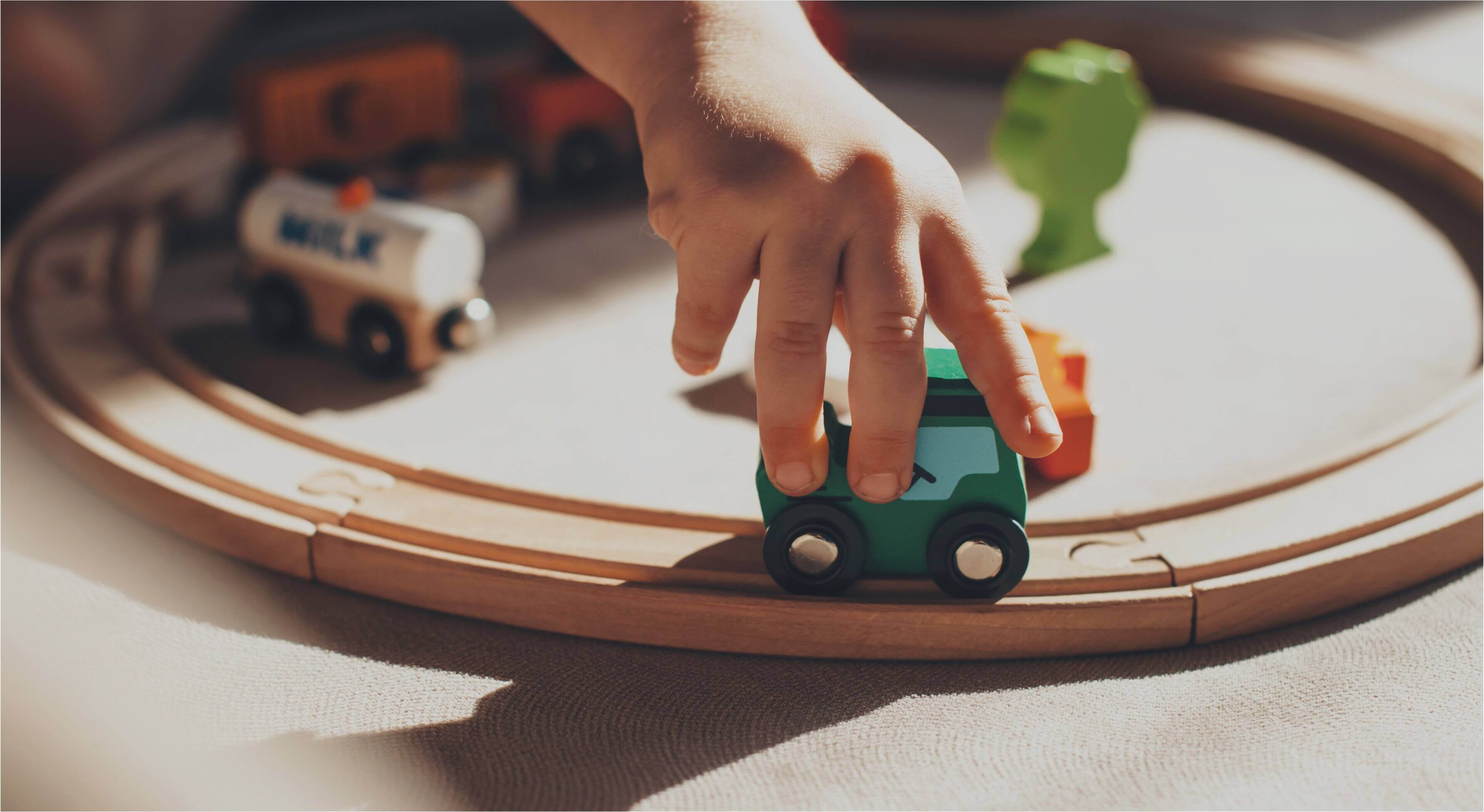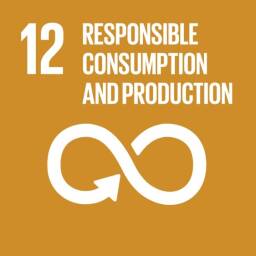“Circular packaging is made out of renewable materials or recycled content materials, is reusable if possible, and 100% recyclable (preferably closed-loop) or compostable.”

The circular economy is based on three principles, driven by design:
• Eliminate waste and pollution
• Circulate products and materials
• Regenerate nature
In our current linear economy, we take raw materials, turn them into products, and eventually throw them away as waste. In a circular economy, we stop waste being produced in the first place. The circular economy decouples economic activity from the consumption of finite resources and it tackles global challenges like climate change, biodiversity loss, waste, and pollution (Ellen MacArthur Foundation).
Go Back

Scope and approach
Read more on the progress we are making towards achieving our circular economy goal and the actions we are planning to take next.
Our goal to make our packaging circular by 2030, touches upon 6 out of 8 Sustainable Packaging criteria.
In addition to strengthening our in-house R&D capacity, we recognise that a circular economy can only be delivered in partnership: we continue to work closely with our partners in circularity, such as Veolia, Starlinger and Healix, foster collaboration with circular initiatives and industry organisations, and join local and international lobby initiatives to accelerate the move to a circular economy.
LC Packaging’s portfolio includes carboard packaging and paper bags, jute bags, and plastic packaging: FIBCs (big bags), woven PP bags and net bags. In base year 2021, 15% of our turnover came from ‘circular’ packaging. Together with the Netherlands Institute for Sustainable Packaging (KIDV), we have analysed the sustainability of our packaging portfolio and defined necessary steps to achieve our 2030 goal.
Scroll down
Packaging should not contribute to waste, pollution, climate change and biodiversity loss
By making our packaging deliver the circular economy, we automatically reduce the greenhouse gas emissions related to our products.
Read more about our ambition to reduce our value chain emissions by 50% by 2030.
By 2030, we aim for at least 80% of our turnover to come from packaging that delivers the circular economy. While we would like to aim for 100%, some packaging applications in food, chemical and hazardous products remain subject to legal regulations regarding reuse and recycling.
By focusing on the sustainable use of materials and packaging design, LC Packaging is determined to contribute to the circular economy. We have decided to connect our turnover and growth ambitions to the circularity of our packaging portfolio and services.
Based on internationally accepted standards and guidelines, we have defined circular packaging as follows: Packaging made out of renewable materials or recycled content materials, that is reusable if possible, and 100% recyclable (preferably closed-loop) or compostable.

Background


Goal explanation
Read more on the progress we are making towards achieving our circular economy goal and the actions we are planning to take next.
Go Back

Our goal to make our packaging circular by 2030, touches upon 6 out of 8 Sustainable Packaging criteria.
In addition to strengthening our in-house R&D capacity, we recognise that a circular economy can only be delivered in partnership: we continue to work closely with our partners in circularity, such as Veolia, Starlinger and Healix, foster collaboration with circular initiatives and industry organisations, and join local and international lobby initiatives to accelerate the move to a circular economy.
LC Packaging’s portfolio includes carboard packaging and paper bags, jute bags, and plastic packaging: FIBCs (big bags), woven PP bags and net bags. In base year 2021, 15% of our turnover came from ‘circular’ packaging. Together with the Netherlands Institute for Sustainable Packaging (KIDV), we have analysed the sustainability of our packaging portfolio and defined necessary steps to achieve our 2030 goal.
Scope and approach
By focusing on the sustainable use of materials and packaging design, LC Packaging is determined to contribute to the circular economy. We have decided to connect our turnover and growth ambitions to the circularity of our packaging portfolio and services.
Based on internationally accepted standards and guidelines, we have defined circular packaging as follows: Packaging made out of renewable materials or recycled content materials, that is reusable if possible, and 100% recyclable (preferably closed-loop) or compostable.
By 2030, we aim for at least 80% of our turnover to come from packaging that delivers the circular economy. While we would like to aim for 100%, some packaging applications in food, chemical and hazardous products remain subject to legal regulations regarding reuse and recycling.
By making our packaging deliver the circular economy, we automatically reduce the greenhouse gas emissions related to our products.
Read more about our ambition to reduce our value chain emissions by 50% by 2030.
Goal explanation
The circular economy is based on three principles, driven by design:
• Eliminate waste and pollution
• Circulate products and materials
• Regenerate nature
In our current linear economy, we take raw materials, turn them into products, and eventually throw them away as waste. In a circular economy, we stop waste being produced in the first place. The circular economy decouples economic activity from the consumption of finite resources and it tackles global challenges like climate change, biodiversity loss, waste, and pollution (Ellen MacArthur Foundation).
Packaging should not contribute to waste, pollution, climate change and biodiversity loss

Background
